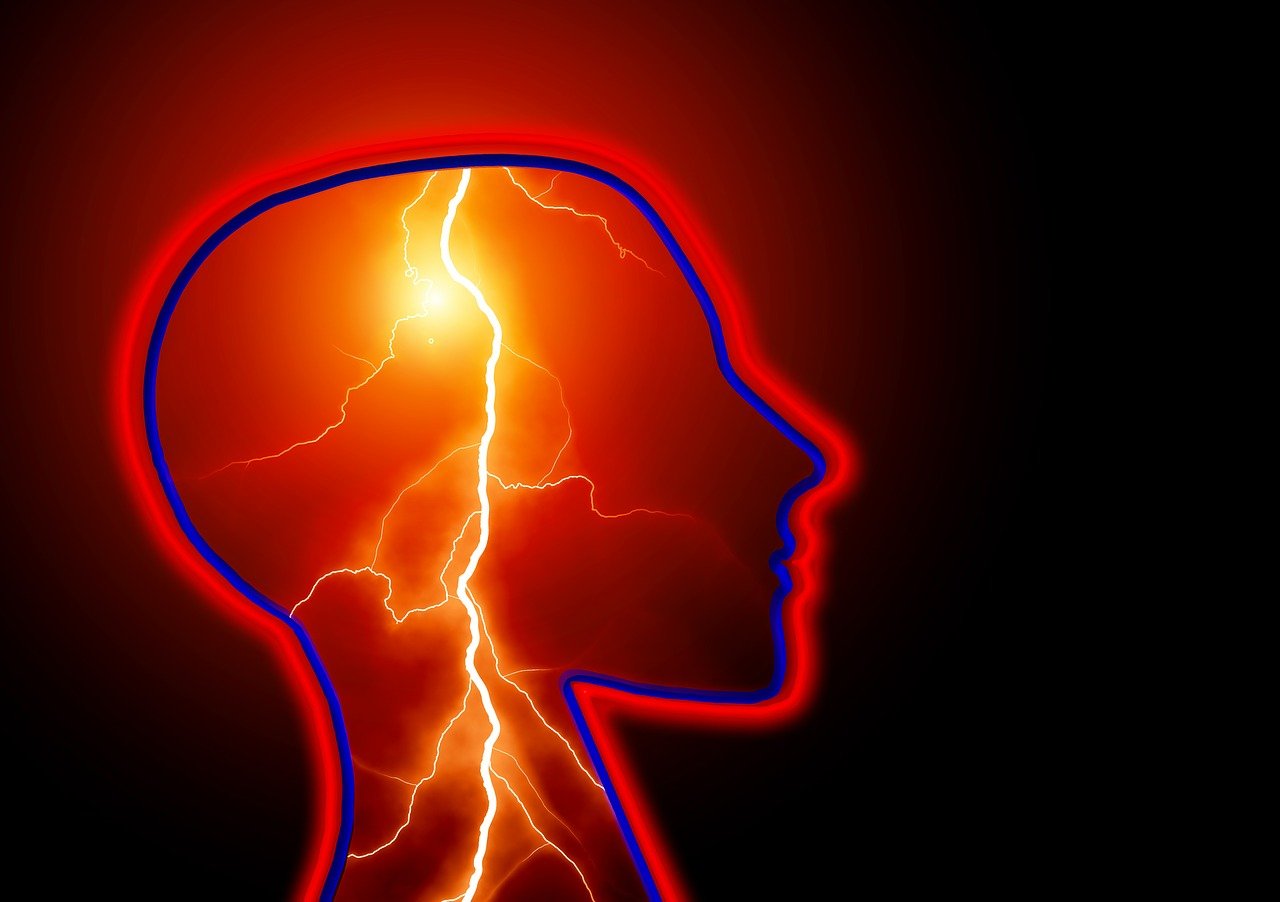
A device that costs less than $100 and runs off a 9-volt can substantially increase my athletic performance in just 20 minutes/day.
What's tDCS?
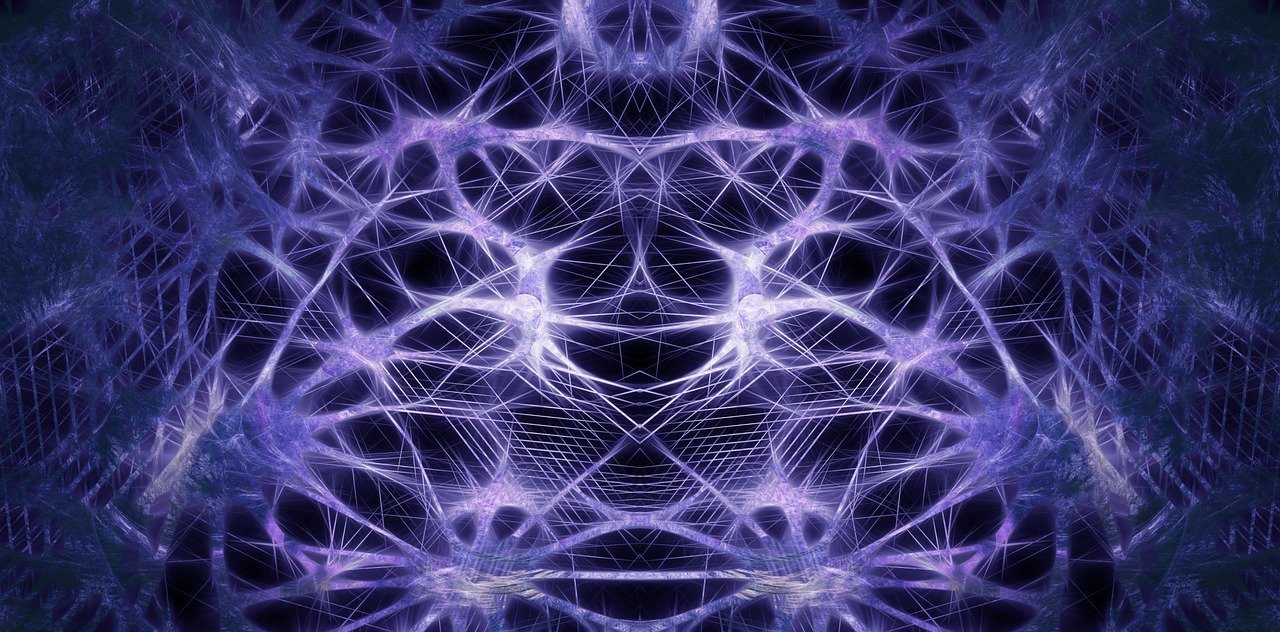
I discovered tDCS by accident. I was researching various nootropics on Reddit and another user referenced it. Upon further research and discovery of the subreddit /r/tdcs I dove head first (no pun intended) down the rabbit hole.
Halo Neuroscience has recently made waves with their Halo Sport device, which employs tDCS technology in a headset. This device has been used by NFL, NBA, and Olympic athletes. It also costs over $500.
As I researched devices, I found some schematics to build a tDCS machine on my own. This is the one I used. I initially built and used this to test its ability to increase learning speeds. I have recently discovered its applications in athletic training.
tDCS works by running a small amount of current through the brain and thereby prepping neurons to fire more efficiently. This is done through the use of electrodes (a cathode and an anode) placed on the scalp. A typical "application" lasts 20-30 minutes.
Efficacy
20 minutes with a 9-volt to become a better athlete? It sounds too good to be true. What do the professionals say?
Just to name a few sources:
A study published in Neuroscience Letters showed a significant increase in HRV (Heart Rate Variability) in athletes with tDCS stimulation.
A study published by PLOS one (Cuypers, 2013) showed a significant increase in learning and motor performance.
Another study published by BioMed Central showed a significant decrease in reaction time.
How To Do it Right

It's not as simple as just slapping some electrodes on your head and flipping a switch. There is a science to it. In order to optimize results there are 4 key factors:
Placement
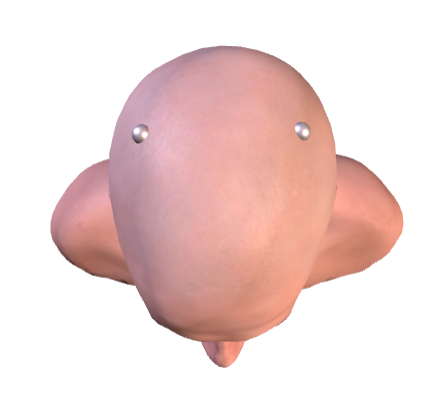
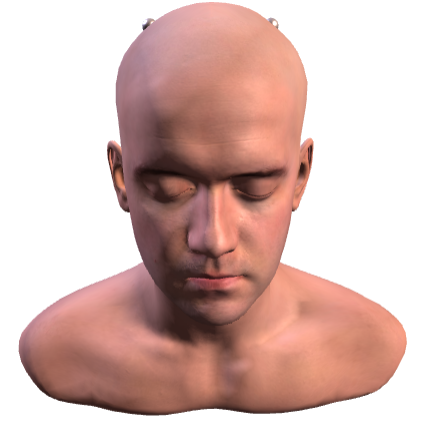
images courtesy of foc.us 3D placement modeler
TDCs works by stimulating various cortexes in the brain based on the location of the anode and cathode electrodes. While there are many different placements that have shown efficacy in various neurological functions, the placements that have shown the most efficacy and relevance for athletes are the ones that stimulate the motor cortex.
The placement shown here is the one used in most studies that show efficacy in athletes.
For more information on precise placement, check out trans-cranial.com's Positioning Manual.
Amperage
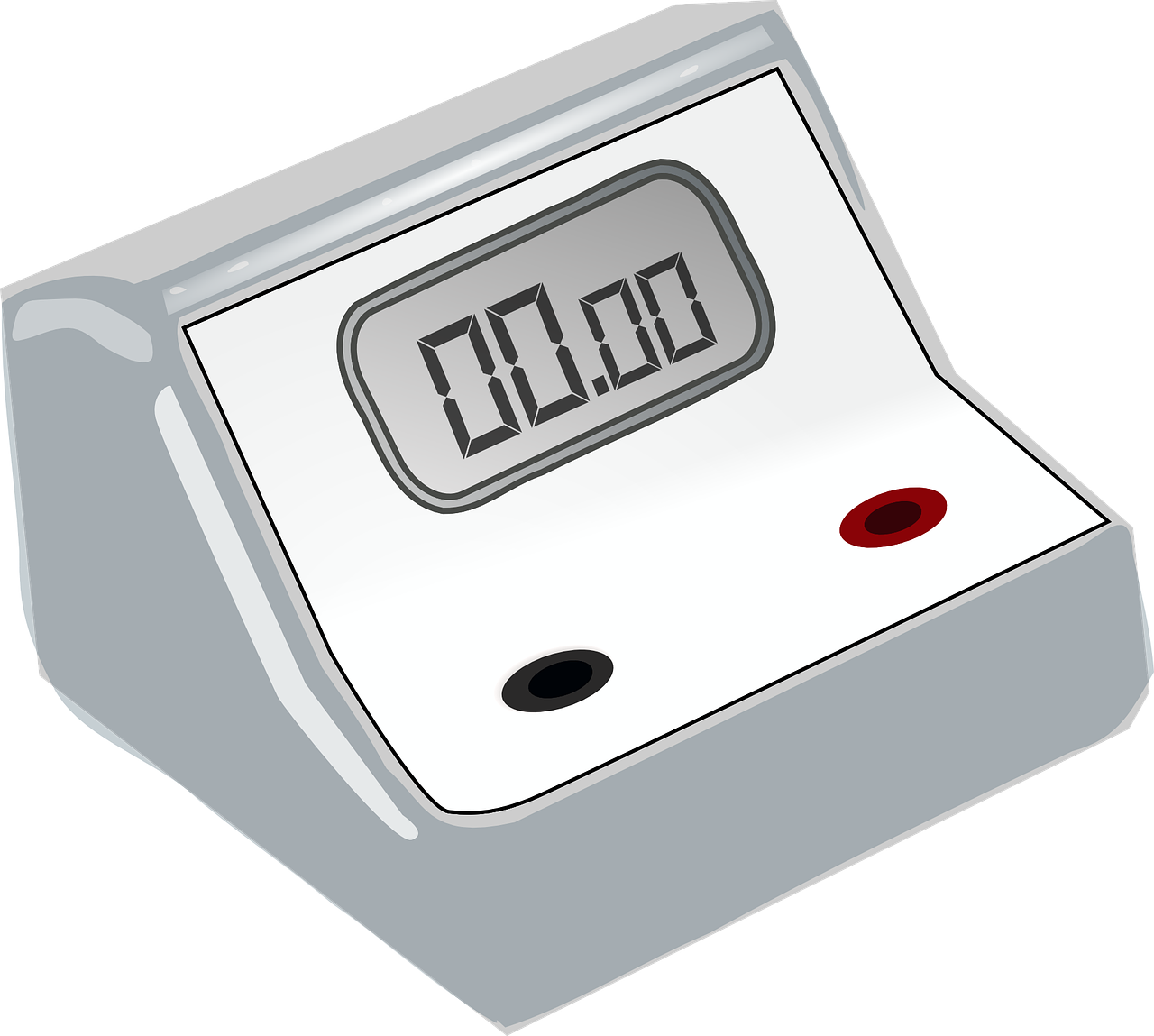
While the amperage used in tDCS (generally .5 to 2 mA) is relatively low, subtle changes in the current can make or break your results. [Cuypers, 2013] found that there was little to no efficacy at 1 mA and found significant results at 1.5 mA. Over 2 mA is not suggested and using too much amperage could cause neurological damage.
Duration
The amount of time the current was applied was also found to be important. All studies that I found used at least 20 minutes of stimulation, and capped stimulation at 30 minutes. No additional advantage was found to be gained with stimulation longer than 30 minutes.
Timing
The timing of the stimulation in relation to the athletic activity is also important, especially when you take into consideration the desired effects. Most tDCS protocols mentioned here are best used right before performing the physical activity; however, in regards to improving reaction time, a study published in the Experimental & Translational Stroke Medicine Journal discovered that there was only a significant decrease in reaction time when the stimulation was applied after the activity.
Conclusion/Disclaimer
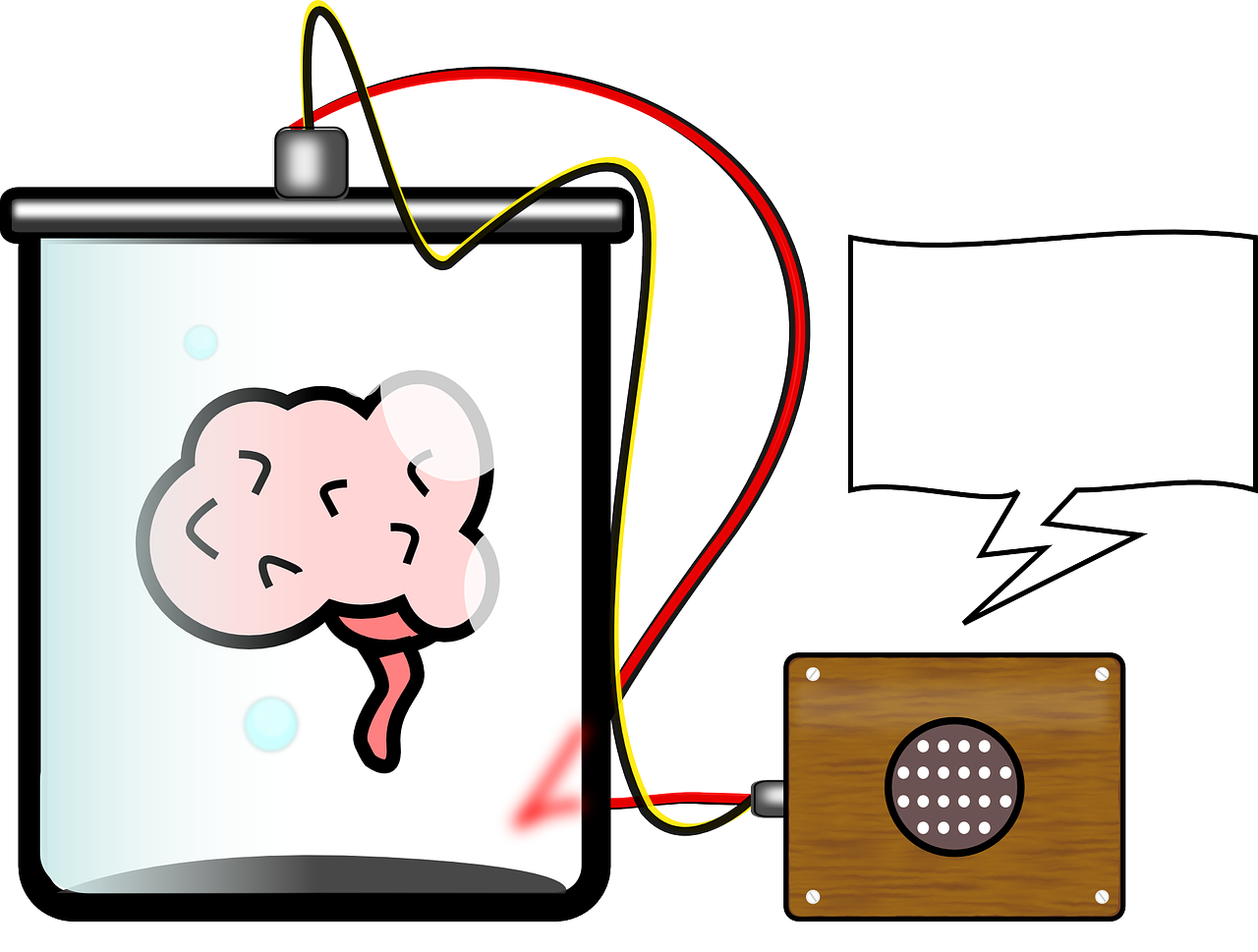
I believe tDCS to be relatively safe (especially if the guidelines in this article are followed); however, I am not a neurologist or any sort of medical professional. Research this technology for yourself and consult your doctor before you try it. If you do decide to take the risk, proceed with caution, you only get one brain.
That being said, I find it truly amazing that this technology could potentially be in the hands of anyone with access to the internet. It is easy to replicate and there is a wealth of information available to steer the curious in the right direction. The applications and efficacy go beyond the average healthy person, and extend to those with Alzheimer's, Parkinsons, stroke victims, etc. and I am thrilled to see further progress in this field.
Additional Resources
Peer-Reviewed Journal Articles
"Effect of a tDCS electrode montage on implicit motor sequence learning in healthy subjects"
Experimental and Translational Stroke Medicine
http://etsmjournal.biomedcentral.com/articles/10.1186/2040-7378-3-4
"Noninvasive cortical stimulation enhances motor skill acquisition over multiple days through an effect on consolidation"
Proceedings of the National Academy of Sciences of the USA
http://www.pnas.org/content/106/5/1590.abstract
"Is Motor Learning Mediated by tDCS Intensity?"
PLOS One
http://journals.plos.org/plosone/article?id=10.1371/journal.pone.0067344#s3
"Effects of simultaneous bilateral tDCS of the human motor cortex"
Brain Stimulation Journal
http://www.ncbi.nlm.nih.gov/pubmed/21782545
"Transcranial Direct Current Stimulation in Sports Training: Potential Approaches"
Frontiers In Human Neuroscience
http://www.ncbi.nlm.nih.gov/pmc/articles/PMC3620504/
Other Resources
DIY tDCS
http://www.diytdcs.com/
tDCS Placement 3D Modeler
http://www.foc.us/placements
If you like my work, don't forget to follow me: @jaredcwillis
Keep an eye out for my other series:

Unconventional Profits

How to Destroy Your Competition

Steemians Talk Survey Series
